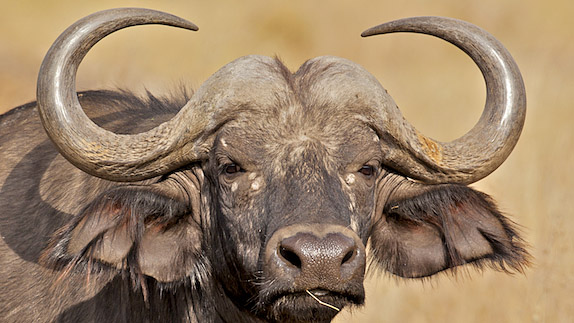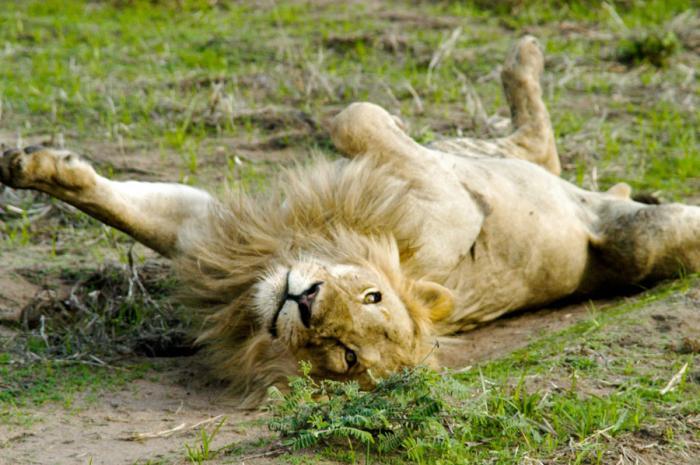 About Katavi National Park
About Katavi National Park
Katavi is pure wilderness. This classic dry-season park is completely off the beaten-track, but teeming with wildlife.
Size: 4471 km² / 1727 mi²
Altitude: 816-1634 m / 2677-5361 ft

Isolated, untrammeled and seldom visited, Katavi is a true wilderness, providing the few intrepid souls who make it there with a thrilling taste of Africa as it must have been a century ago. Tanzania’s third largest National Park, it lies in the remote southwest of the country, within a truncated arm of the Rift Valley that terminates in the shallow, brooding expanse of Lake Rukwa. The bulk of Katavi supports a hypnotically featureless cover of tangled brachystegia woodland, home to substantial but elusive populations of the localized eland, sable and roan antelopes. But the main focus for game viewing within the park is the Katuma River and associated floodplains such as the seasonal Lakes Katavi and Chada. During the rainy season, these lush, marshy lakes are a haven for myriad water birds, and they also support Tanzania’s densest concentrations of hippo and crocodile.
 It is during the dry season, when the floodwaters retreat, that Katavi truly comes into its own. The Katuma, reduced to a shallow, muddy trickle, forms the only source of drinking water for miles around, and the flanking floodplains support game concentrations that defy belief. An estimated 4,000 elephants might converge on the area, together with several herds of 1,000-plus buffalo, while an abundance of giraffe, zebra, impala and Reedbuck provide easy pickings for the numerous lion prides and spotted hyena clans whose territories converge on the floodplains.
It is during the dry season, when the floodwaters retreat, that Katavi truly comes into its own. The Katuma, reduced to a shallow, muddy trickle, forms the only source of drinking water for miles around, and the flanking floodplains support game concentrations that defy belief. An estimated 4,000 elephants might converge on the area, together with several herds of 1,000-plus buffalo, while an abundance of giraffe, zebra, impala and Reedbuck provide easy pickings for the numerous lion prides and spotted hyena clans whose territories converge on the floodplains.

Katavi’s most singular wildlife spectacle is provided by its hippos. Towards the end of the dry season, up to 200 individuals might flop together in any Riverine pool of sufficient depth. And as more hippos gather in one place, so does male rivalry heat up – bloody territorial fights are an everyday occurrence, with the vanquished male forced to lurk hapless on the open plains until it gathers sufficient confidence to mount another challenge.
What to do
Walking, driving and camping safaris. Near Lake Katavi, visit the tamarind tree inhabited by the spirit of the legendary hunter Katabi (for whom the park is named) – offerings are still left here by locals seeking the spirit’s blessing.
Pros and Cons
Good general wildlife viewing in the dry season
Hippo pods converge in spectacular numbers in the dry season
Unusual antelope species, like sable and roan
Very exclusive and doesn’t get crowded
Difficult to get to and accommodation options are limited
Animals are scattered during the wet season and most lodges are closed from March to May
Wildlife
There might not be the biggest variety of game on the average drive, but sightings tend to be spectacular and you’ll mostly have them to yourself. While lions are very common, the more remarkable sightings are buffalo herds that number in the thousands and the hippos, which are pushed into small pools as the river dries up. Pods of them have to share too small a place and fights are a common sight.
Scenery
The habitat is mainly grassland Savannah and brachystegia woodland on the east of the park. In the wet season the place transforms to lush marshes and shallow lakes, leaving behind dusty floodplains in the dry season.









